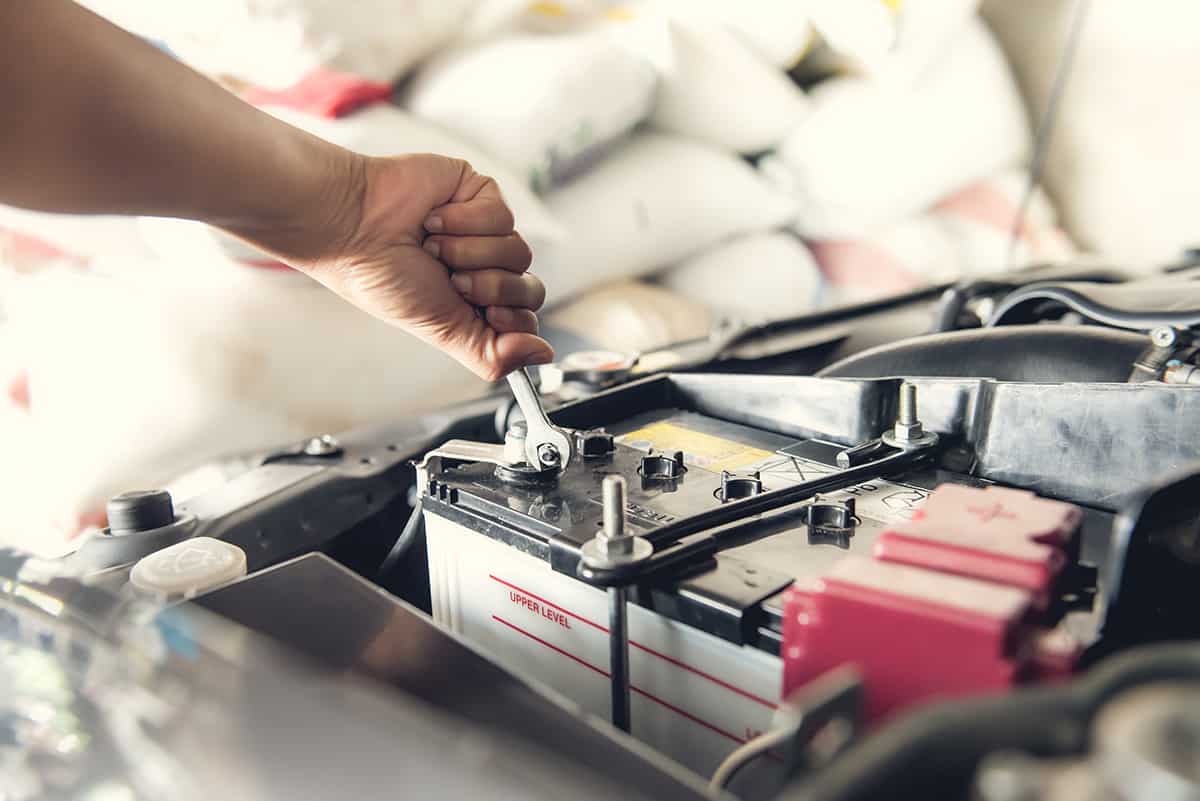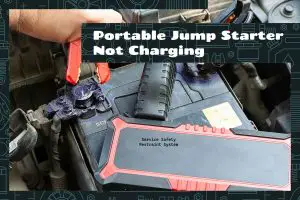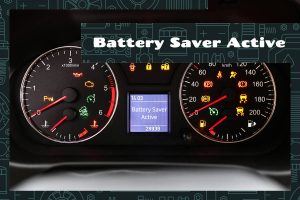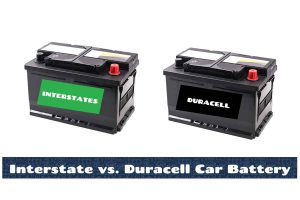Replacing a car battery is a relatively simple task that can be performed by most car owners with basic mechanical skills. A dead or dying battery can leave you stranded and unable to start your car, so it’s important to have a functioning battery at all times. But before you attempt to disconnect the car battery, you need to make sure that you have the correct wrench size for the job.
The correct wrench size will correspond with the size of the battery nut. In most cases, that means the wrench should be 8 or 10 millimeters. Check your car’s manual to see what wrench size you need to connect and disconnect the car battery.
In this guide, we’re going to go over what a car battery wrench is, what sizes they come in, and the other tools you’ll need to replace your car battery.
What Is a Car Battery Wrench?
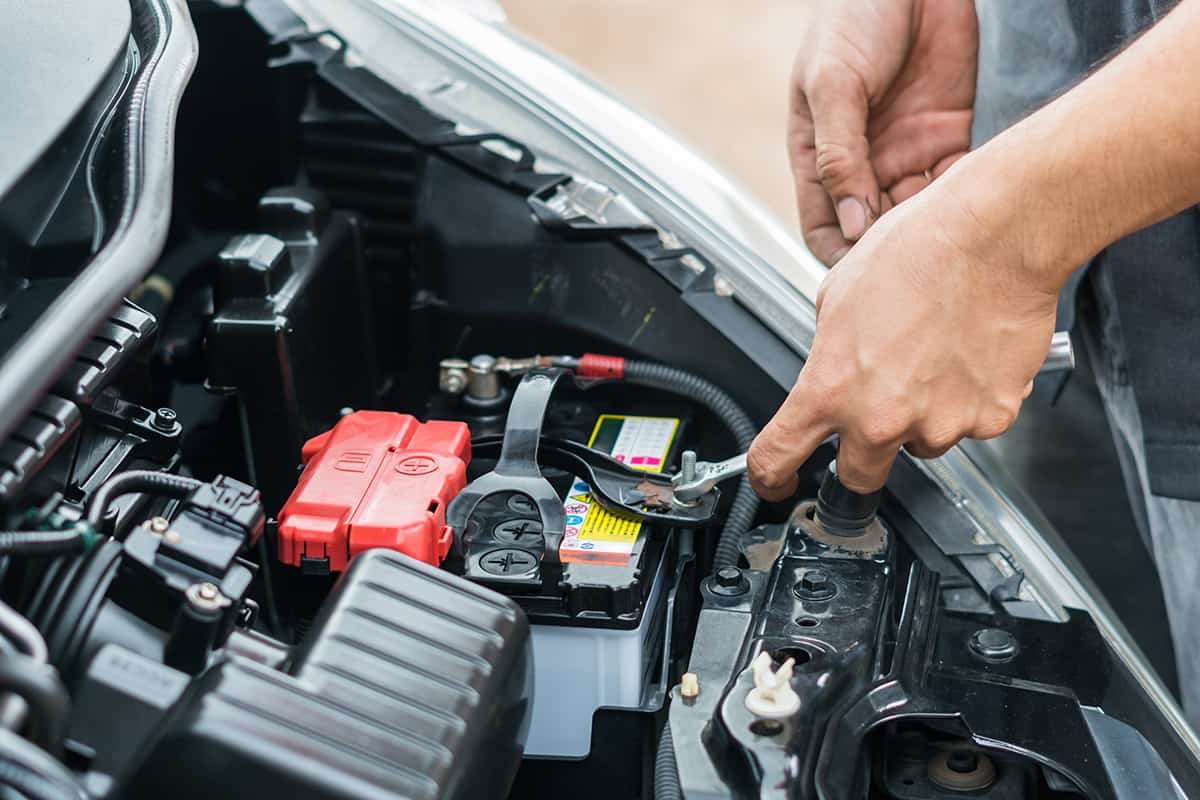
A car battery wrench is a specialized tool for removing and replacing car batteries. It is intended to provide a firm grip on the battery terminals as well as to loosen or tighten the bolts that secure the battery to the battery tray of the vehicle. The tool usually has a long handle with a ratcheting mechanism that allows you to turn the bolt easily, even in small spaces. When compared to using a traditional wrench, this makes removing the battery much easier.
Car battery wrenches are classified into 2 types: closed-end and open-end. Closed-end wrenches have a socket that fits over the bolt head, whereas open-end wrenches are designed to fit over the bolt head. Car battery wrenches are typically made of tough, corrosion-resistant materials like stainless steel to withstand the harsh conditions found in the engine bay.
Using a car battery wrench ensures that the battery is securely fastened and prevents it from shifting or coming loose while driving. Replacing a car battery is a simple task that can save you money and keep you on the road if you have the right tools.
Wrench Size for a Car Battery
As previously stated, the correct wrench size will loosen the nuts connected to your car battery’s bolts. Most cars use 10-millimeter nuts that correspond with 10-millimeter nuts—in which case, you would need a 10-millimeter nut.
The same applies to 8, 11, 12, and 13-millimeter nuts. As long as you have the right wrench size on hand, you shouldn’t have a problem loosening or tightening any connections.
Does Wrench Size Matter?
When removing and installing a car battery, the size of the wrench does matter. The wrench should be the same size as the bolts on your car battery, so make sure you get the right one. If the wrench is too small, it may slip off the bolt head, causing damage or rounding off the bolt’s edges. The wrench may not fit into the tight spaces around the battery if it is too large.
Because it can accommodate a variety of bolt sizes, an adjustable wrench can be useful when removing and installing a car battery. This means that instead of carrying multiple wrenches of varying sizes, you only need to carry one. A movable jaw on an adjustable wrench can be tightened or loosened to fit the size of the bolt. However, use adjustable wrenches with caution because the jaws can slip and damage the battery or the bolt.
What Other Tools Do You Need When Working with Car Batteries?
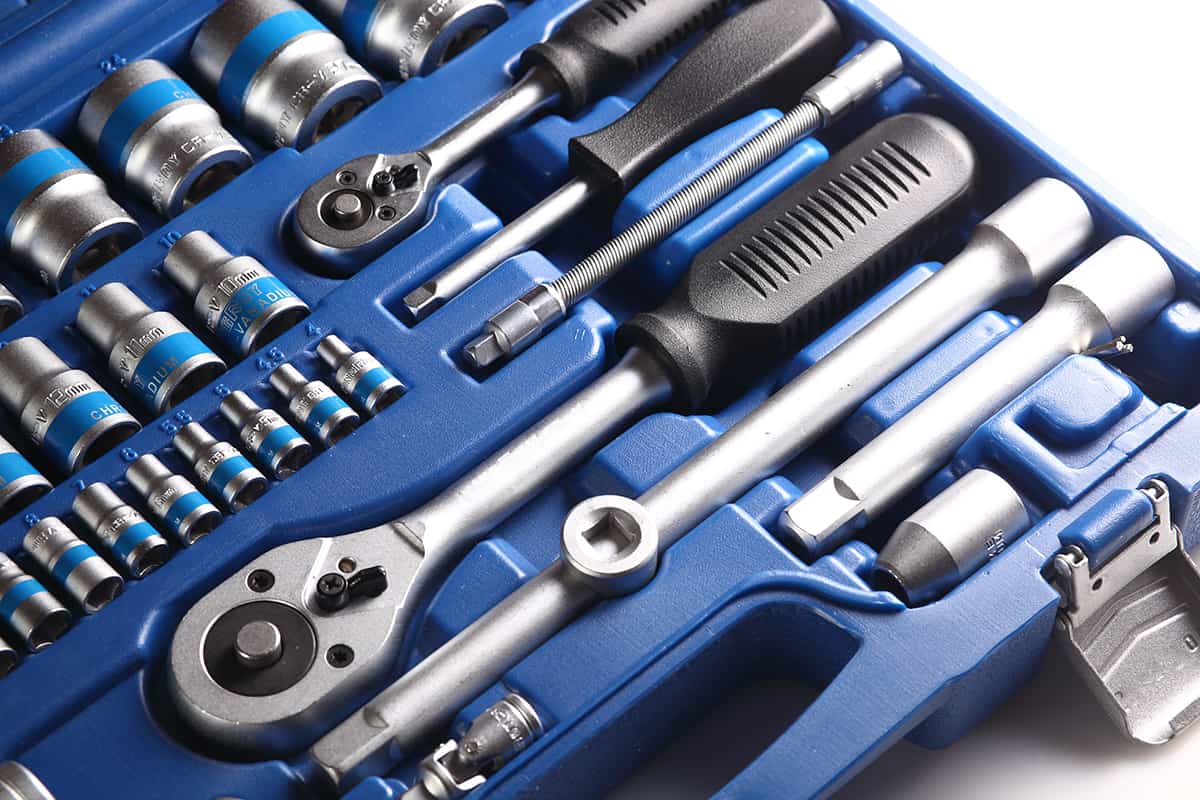
We’ve already gone over why you need a wrench when working with car batteries. Now, let’s take a look at the other tools and supplies that will come in handy.
- Socket set—This is a collection of sockets and accompanying tools, such as ratchets, extensions, and adapters used to tighten and loosen bolts and nuts. The sockets come in various sizes and are designed to fit over the heads of bolts and nuts, allowing you to turn them with a ratchet.
- Pliers—Pliers are hand-held tools with two arms and jaws used for gripping and manipulating objects. When replacing a car battery, you will need pliers to remove and replace the battery cables. This allows you to remove the battery cables from the battery terminals without damaging the cables or terminals.
- Wire brush/sandpaper—The wire brush or sandpaper is used to remove any rust or corrosion from the battery terminals and cable clamps, making it easier to make a good electrical connection. Over time, the battery terminals can accumulate corrosion, which can prevent the battery from functioning properly.
- Battery terminal cleaner— Battery terminal cleaner is a specialized cleaning solution used to remove corrosion and other buildups from the battery terminals and cable clamps. This solution helps to ensure good electrical contact between the battery and the cable clamps, which is important for the battery to function properly. When replacing a car battery, you will need a battery terminal cleaner to clean the terminals and cable clamps before installing the new battery. This will help extend the new battery’s life and ensure that it starts your vehicle properly.
- PPE—Never attempt to touch anything under your car’s hood without the proper protective gear. This includes, at the very least, safety glasses and gloves.
Is It Dangerous to Replace Car Batteries?
If the proper safety precautions are not taken, replacing a car battery can be dangerous. Sulfuric acid, which is highly corrosive and can cause severe burns if it comes into contact with skin, is found in car batteries. Furthermore, when the terminals of a car battery are connected, a spark is produced, which can cause an explosion if the battery is damaged or leaking.
When working on a car battery, it is critical to wear protective gloves, safety glasses, and clothing that covers your arms and legs to reduce the risk of injury. It is also critical to ensure that the vehicle is turned off and the key is removed from the ignition to avoid an electrical discharge. You can reduce the risk of injury and ensure a safe and successful battery replacement by taking the necessary safety precautions.
